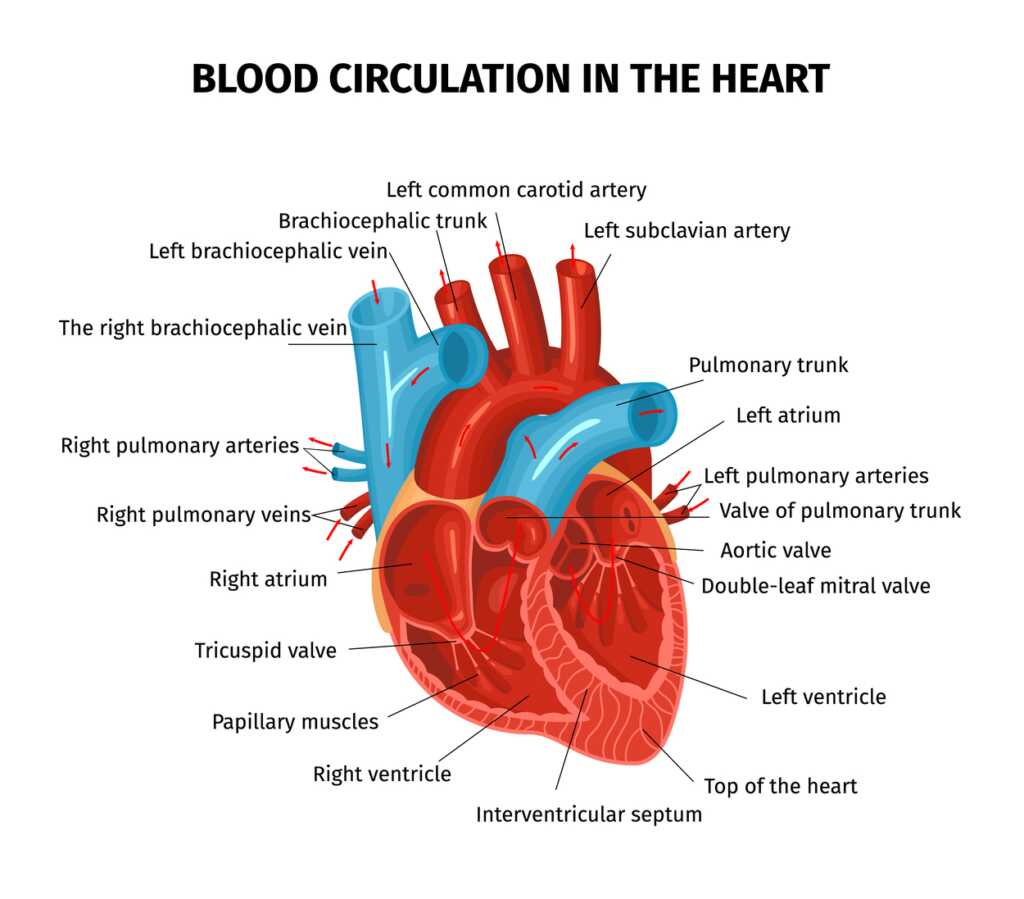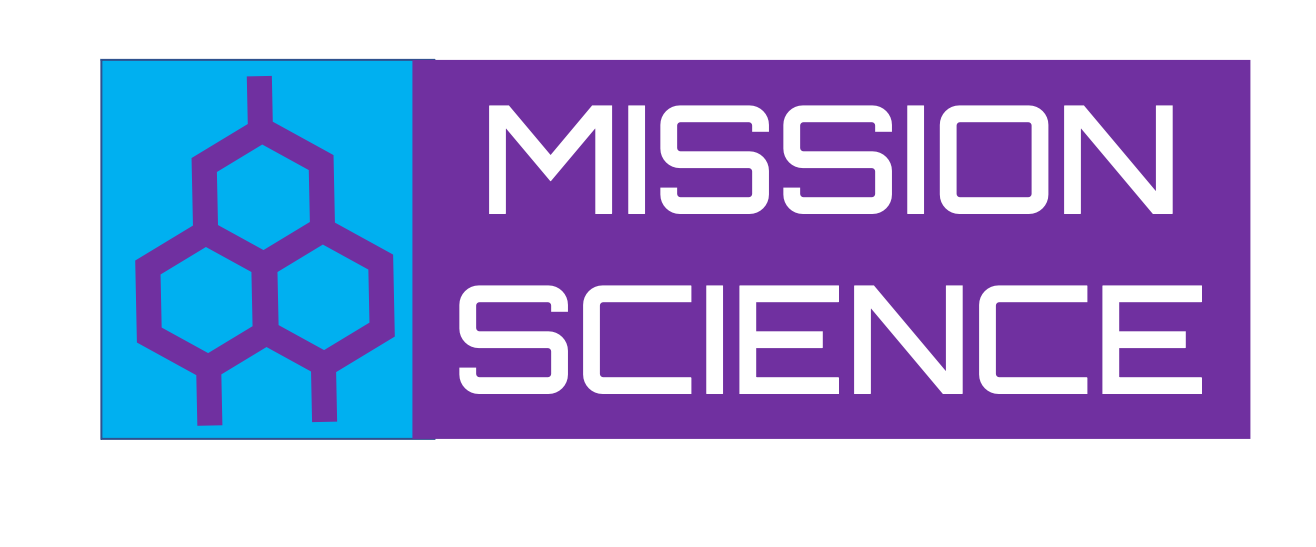The heart pumps blood throughout the human body. Without the heart, blood will not be able to reach our organs, causing them to not function properly.
The human heart has four chambers: the right atrium, the left atrium, the right ventricle, and the left ventricle. The atria are the upper chambers of the heart and the ventricles are the lower chambers of the heart.

Pulmonary circulation uses arteries to take blood away from the heart and bring deoxygenated blood to the lungs. The lungs re-oxygenate the blood and send the oxygen-filled blood back to the heart, using veins. Systemic circulation takes the oxygen-filled blood and pumps it throughout the body. Then it brings that blood, which is now depleted of all its oxygen, back to the heart for refueling.

The different parts of the heart all work as one to aid in blood circulation. First, blood enters the superior vena cava and the inferior vena cava. Then, it flows into the right atrium. After that, it flows through the tricuspid valve and into the right ventricle. Then, it flows through the pulmonary valve and out of the heart using the pulmonary artery. At this point, pulmonary circulation comes to an end as the blood reaches the lungs and gets re-oxygenated. The oxygen-filled blood then comes back to the heart through the pulmonary vein and flows into the left atrium. After that, it flows through the bicuspid, or mitral, valve and into the left ventricle. Then, it flows through the aortic valve and out of the heart using the aorta. At this point systemic circulation comes to an end as the aorta carries the blood throughout the body through its many tubes.

